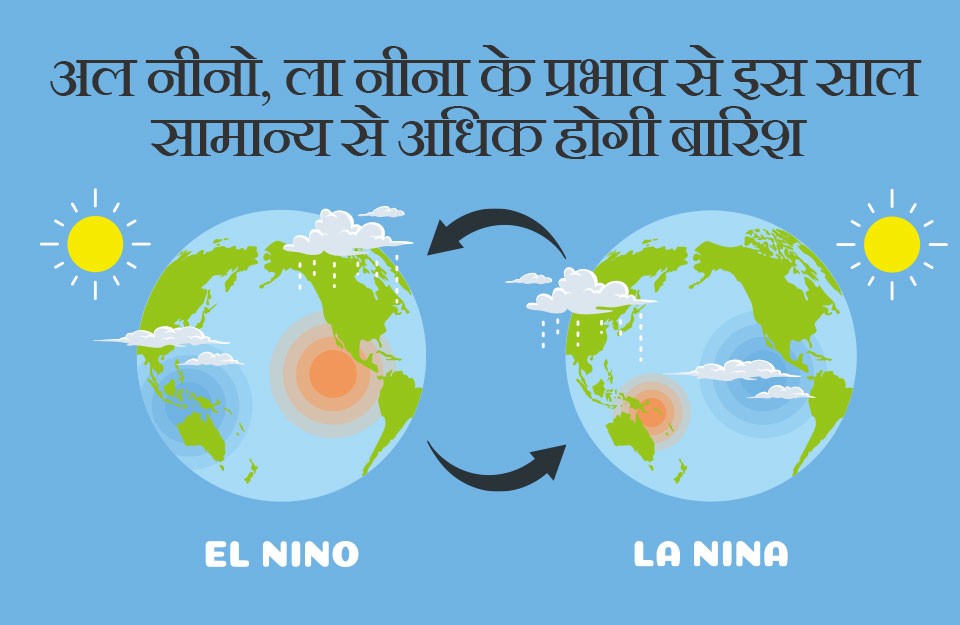
The Indian Meteorological Department (IMD) has recently revealed that this year, 2024, might witness a monsoon season better than the normal conditions. According to the weather department, a significant update for this year's monsoon season (June to September) suggests a probability of above-average rainfall during the interval. During this period, the expectation is that rainfall will exceed the average (87 cm) by approximately 106 percent, although this margin could vary by about 5 to 7 percent. IMD views this monsoon season positively, especially for the regions from southern to western India, which is encouraging news for the agricultural sectors and farmers across the country.
India, during the monsoon seasons, there has been above-average rainfall observed on nine occasions so far, according to the Department of Meteorology. This occurred after the La Niña phenomenon followed by El Niño. In the year 2023, during El Niño, India experienced "below-average" rainfall, with only 820 mm recorded compared to the average of 868.6 mm over this extended period. Additionally, India had experienced "normal" to "above-normal" rainfall during the monsoon season for four consecutive years before 2023.
To predict rainfall patterns, three main factors are considered:
A combination of these factors helps estimate the monsoon weather.
The IMD has decided to release a monsoon forecast for May 2024. The predictions issued by the weather department will be significantly beneficial for the agricultural sector and farmers, aiding them in making informed decisions.